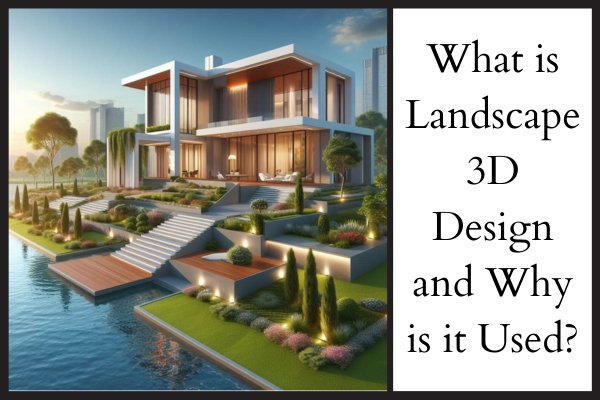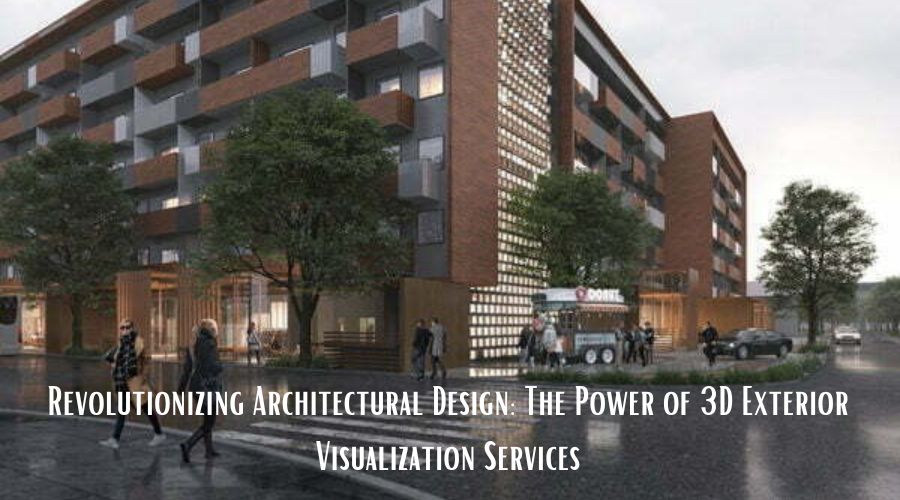Nowadays, AI has had a significant impact on architectural visualization, making it easier and more efficient for architects, designers, and visualization professionals to create realistic and immersive visualizations of their designs.
Here are some ways AI is being used in architectural visualization:
Generative Design: AI can be used to generate multiple design options based on parameters such as site conditions, building codes, and other criteria. This can save time and allow architects to explore a wider range of design options.
3D Modeling: AI can be used to create 3D models of buildings based on drawings or sketches. This can be useful for quickly creating accurate representations of designs.
Realistic Textures and Lighting: AI can be used to generate realistic textures and lighting in visualizations. This can help architects and designers to better communicate the look and feel of their designs.
Virtual Reality: AI can be used to create immersive virtual reality experiences of buildings, allowing clients to explore designs in a more interactive and engaging way.
Image Recognition: AI can be used to recognize and classify images of buildings, making it easier to find and organize large amounts of architectural data.
Overall, AI is helping to streamline the process of architectural visualization, making it faster and more accurate, and allowing architects and designers to create more compelling visualizations of their designs.
However, Will AI affect the visualization artists?
Yes, AI is likely to have an impact on the role of visualization artists in the field of architectural visualization. As AI continues to advance, it is likely that it will increasingly automate certain tasks that were previously performed by visualization artists. For example, AI algorithms can already generate 3D models and textures based on input from architects and designers, and can even generate virtual environments and scenes.
However, it is important to note that AI is not likely to completely replace the role of visualization artists. While AI can automate certain tasks, it is still limited in its ability to produce truly creative and artistic work. Visualization artists bring a unique perspective and creativity to the field, and can use their expertise to create visualizations that are tailored to the specific needs and preferences of their clients.
Furthermore, as AI continues to advance, there may be new opportunities for visualization artists to work with AI tools and algorithms, using them to augment their creative process and enhance the quality of their work. Overall, while AI is likely to impact the role of visualization artists in the field of architectural visualization, it is also likely to create new opportunities for growth and innovation in the field.








